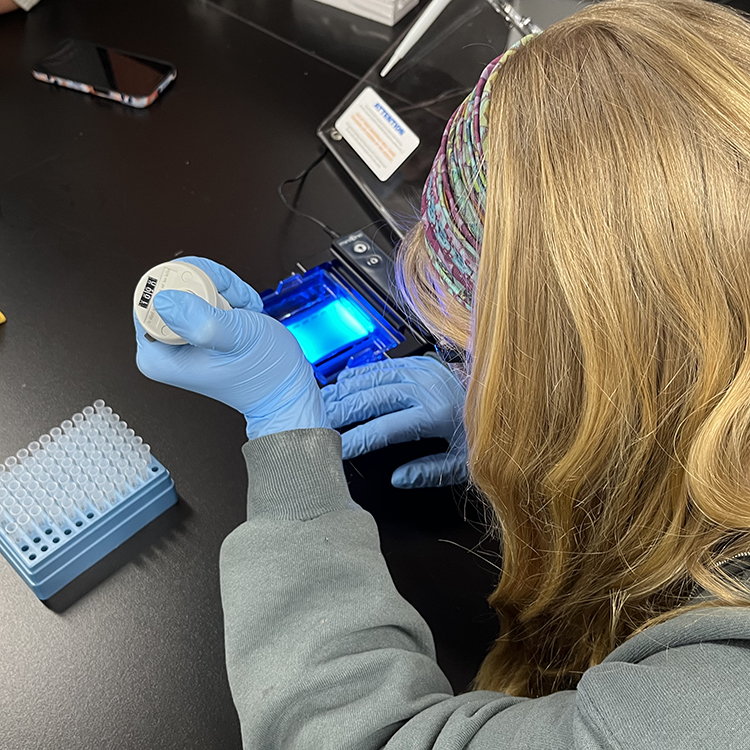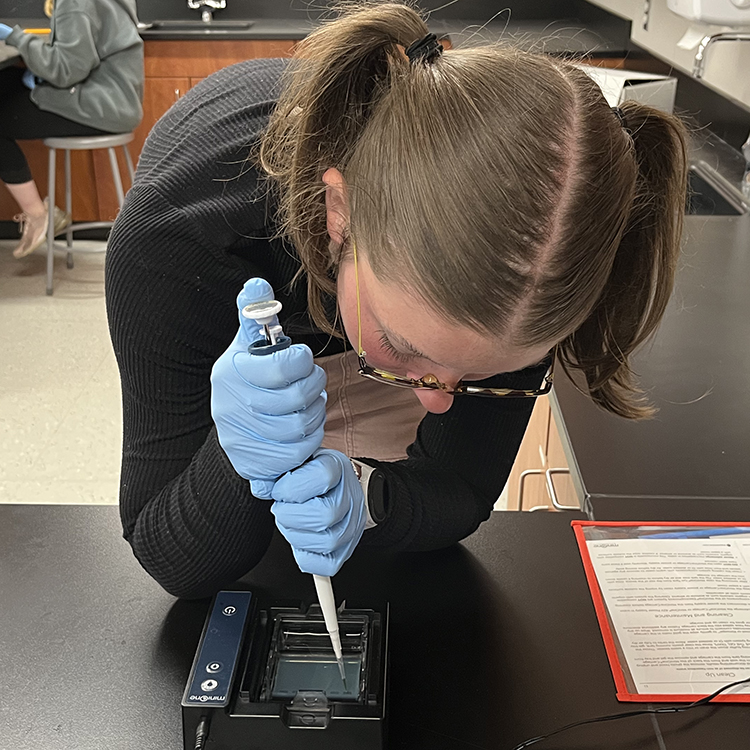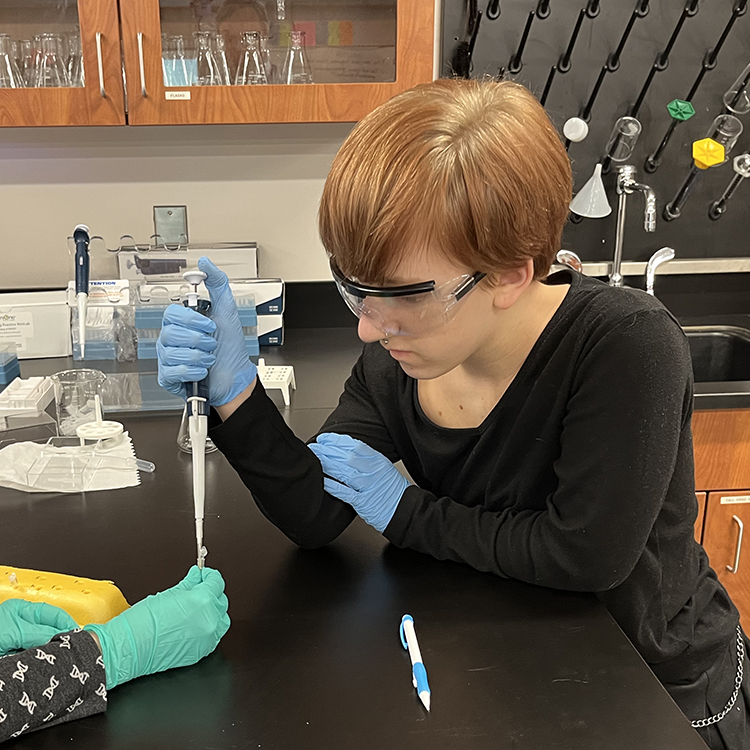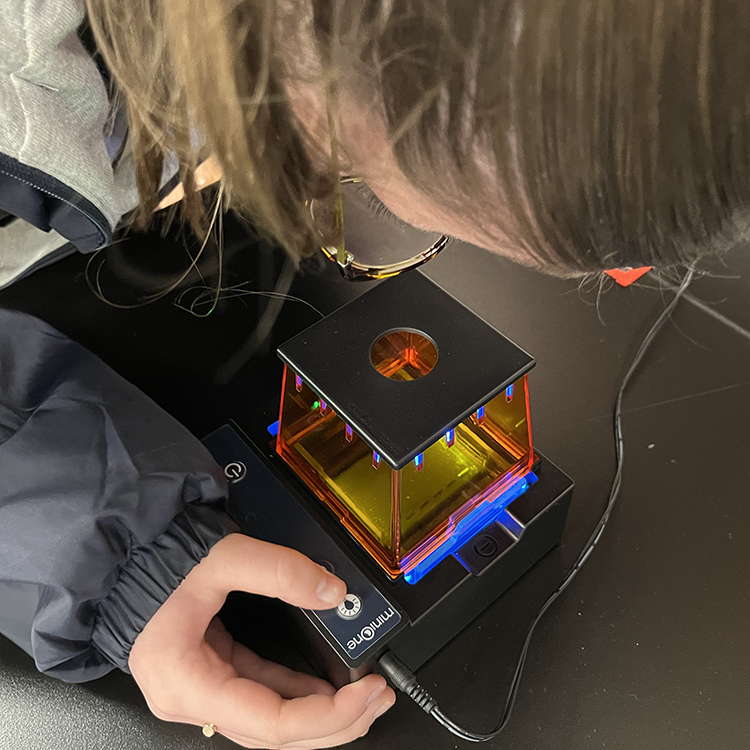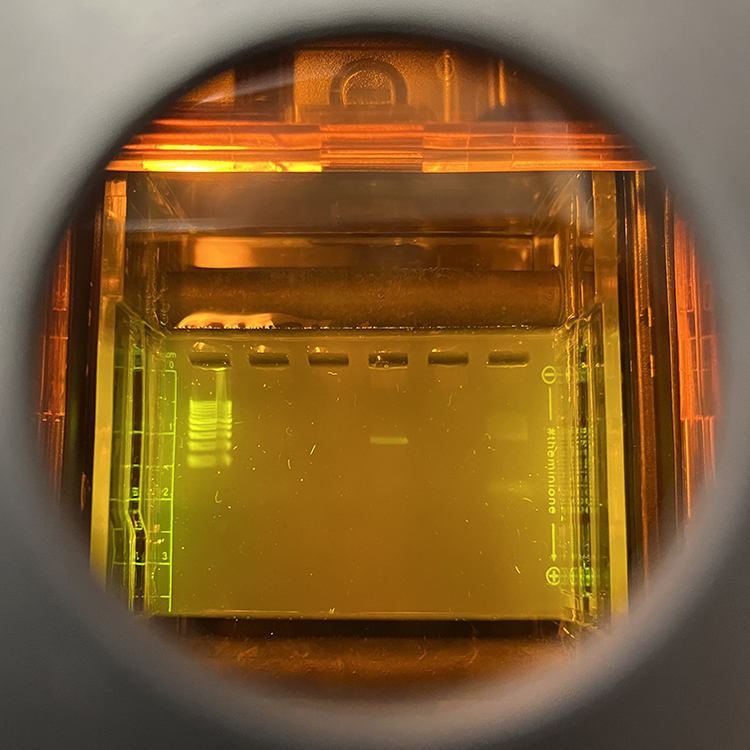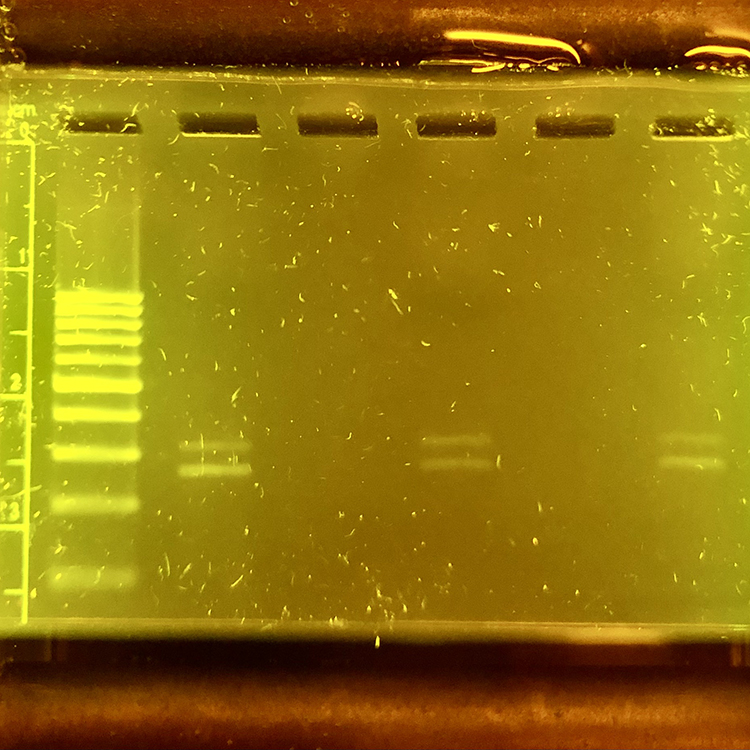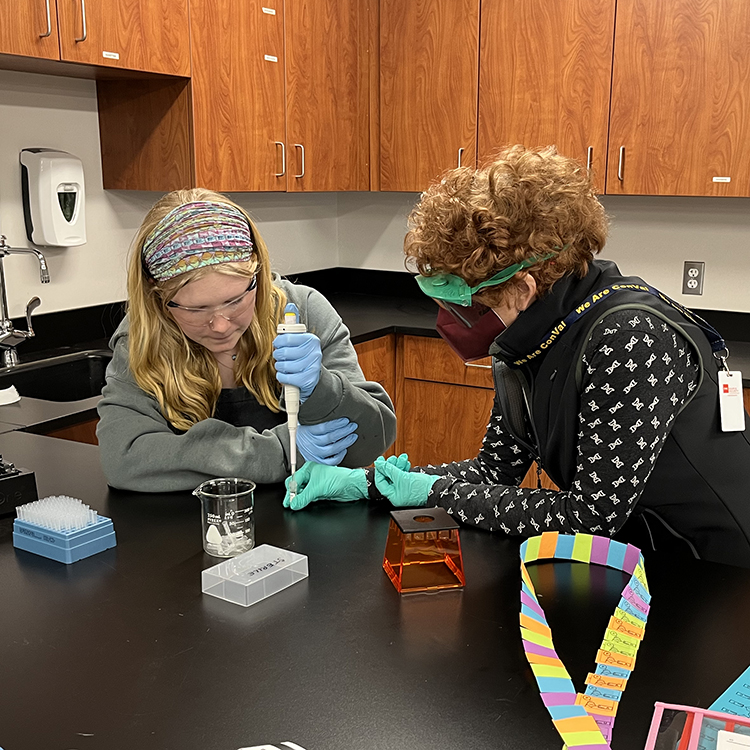Our sleep patterns are largely determined by our internal biological clock — some people naturally wake up early and feel more alert in the morning, while others are more active at night and struggle to get up in the morning. These individual differences are referred to as chronotypes, and they are thought to be influenced by genetics. In Anne Clifton-Waite’s AP Biology Class, students learned how to use DNA analysis to determine whether someone is a morning lark or night owl.
The DNA analysis involves examining specific genetic markers, in this case the PER3 gene which has two variants: a long allele and a short allele. Individuals with the long allele tend to be morning types, while those with the short allele are more likely to be night owls.
To conduct the DNA analysis, a sample of DNA is usually collected using a non-invasive method such as a cheek swab or saliva sample. The DNA is then sequenced, and specific genetic markers are examined to determine the individual’s chronotype.
The procedure that students in the class learned to employ is the PCR, or polymerase chain reaction. This laboratory technique involves three main steps — denaturation, annealing, and extension. The steps are repeated multiple times in a cycle, with each cycle doubling the number of copies of the target DNA sequence. 30 cycles were performed, resulting in millions of copies of the target sequence for analysis.
Gel electrophoresis was then used to visualize the results. By analyzing the ladders that developed as the result of electrophoresis and looking for tell-tale band separation markers, students were able to determine whether their genetic proclivity tended towards being a night owl or a morning lark, or somewhere in between.
As Anne Clifton-Waite stressed to the class, while DNA analysis can provide valuable insights into an individual’s sleep preferences, it is important to note that genetics is not the only factor that influences chronotype. Environmental factors, such as exposure to light and social habits, also play a role. A video she showed also emphasized an individual’s chronotype can change over time, particularly during adolescence and early adulthood.
